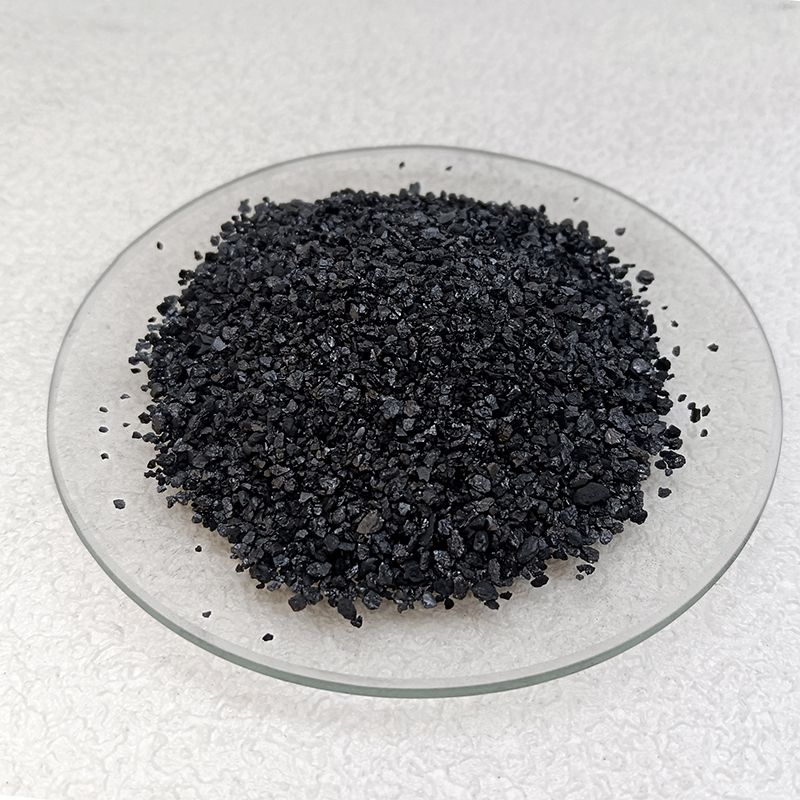Activated carbon has a well-developed pore structure, which mainly contains three kinds of pores, namely, large pores, medium pores and micropores. Macropores are distributed on the outer surface of activated carbon granules. Mesopore is the branch of macropore and micropore is the branch of mesopore. In the gas phase adsorption, micropores play the main adsorption role, sometimes called adsorption holes, and the medium and large holes provide channels for adsorbed substances to enter the micropores, so they are also called conveyor holes. Micropores can also be divided into micropores and submicropores (extremely micropores and ultra-micropores). Micropores are the smallest pores in activated carbon, and their characteristic sizes are r<0.6~0.7nm, and the characteristic sizes of sub-micropores are 0.6~0.7nm<r<1.5~1.6nm(the upper limit of sub-micropores stipulated by the International Union of Theoretical and Applied Chemistry is r = 2.0nm).
Adsorption is mainly carried out in micro pores and sub-micro pores. For general activated carbon, the pore volume of both is 0.2~0.6cm’/g, and the corresponding specific surface area accounts for more than 95% of the total surface area. The pores larger than the micropores are mesoporous, whose characteristic size is 1.5~1.6nm<r<100~200nm, and the mesoporous volume is 0.1~0.2cm’/g, the corresponding surface area is generally not more than 5% of the total surface, and sometimes the mesoporous volume can be increased by adjusting the activation process conditions or other methods, up to 0.7cm’/g. The specific surface area can reach 200~400m’/g. Mesopore generally acts as a channel for adsorbent to enter micropores in gas phase adsorption, but when the relative pressure increases to a certain height, capillary condensation occurs, and a hysteresis loop appears on the adsorption isotherm. In liquid phase adsorption, mesopore plays an important role in the adsorption of macromolecules. The size of the macropore is r>100~200nm, the volume of the macropore is 0.2~0.5cm’/g, and the corresponding specific surface area is 0.5~2.0m2/g. The proportion of macropore surface area in the total pore surface area is very small, and it does not play an obvious role in the adsorption process, which is usually negligible. When activated carbon is used as a carrier, the catalyst is mainly deposited in the mesopore and macropore.

